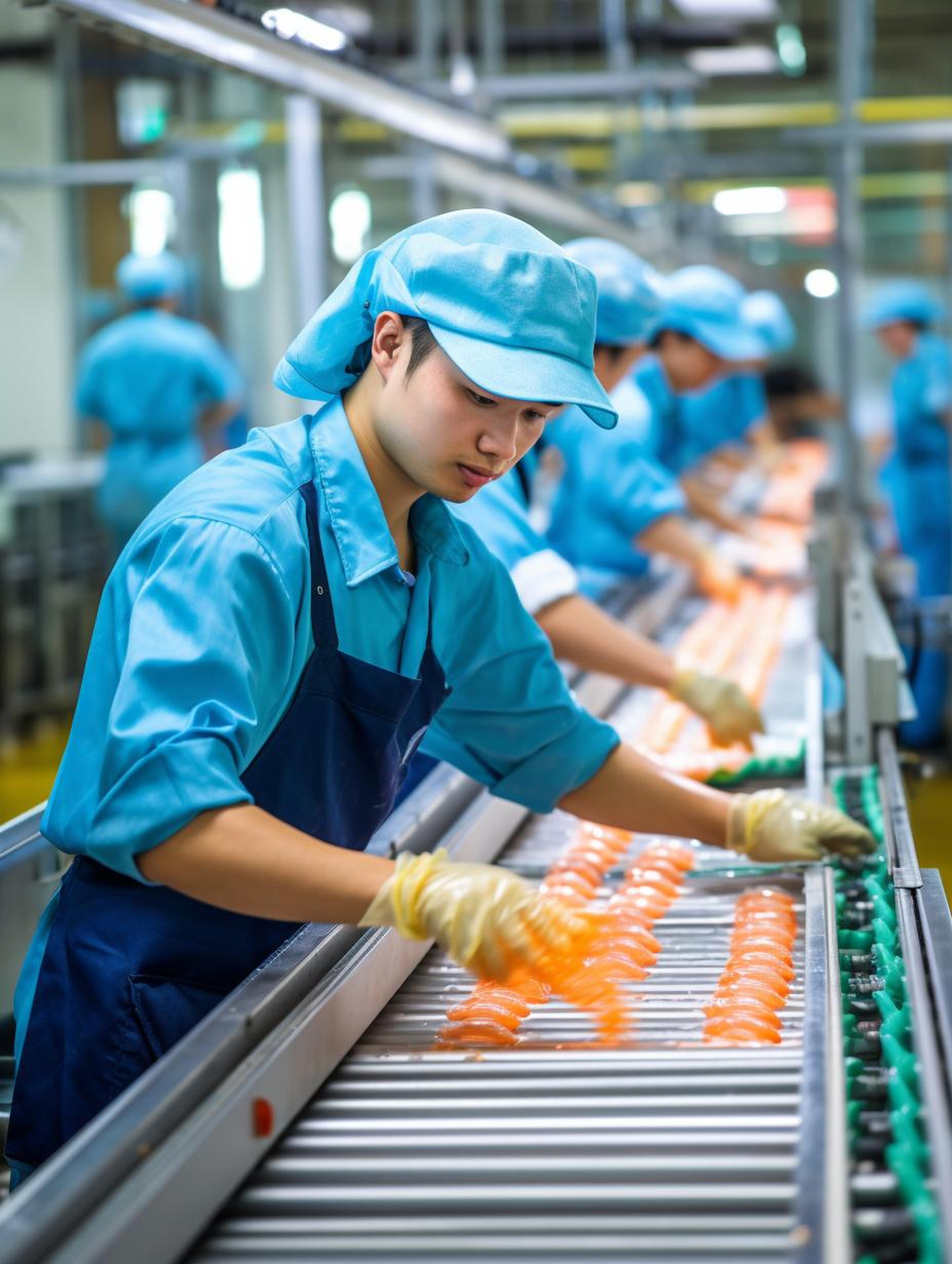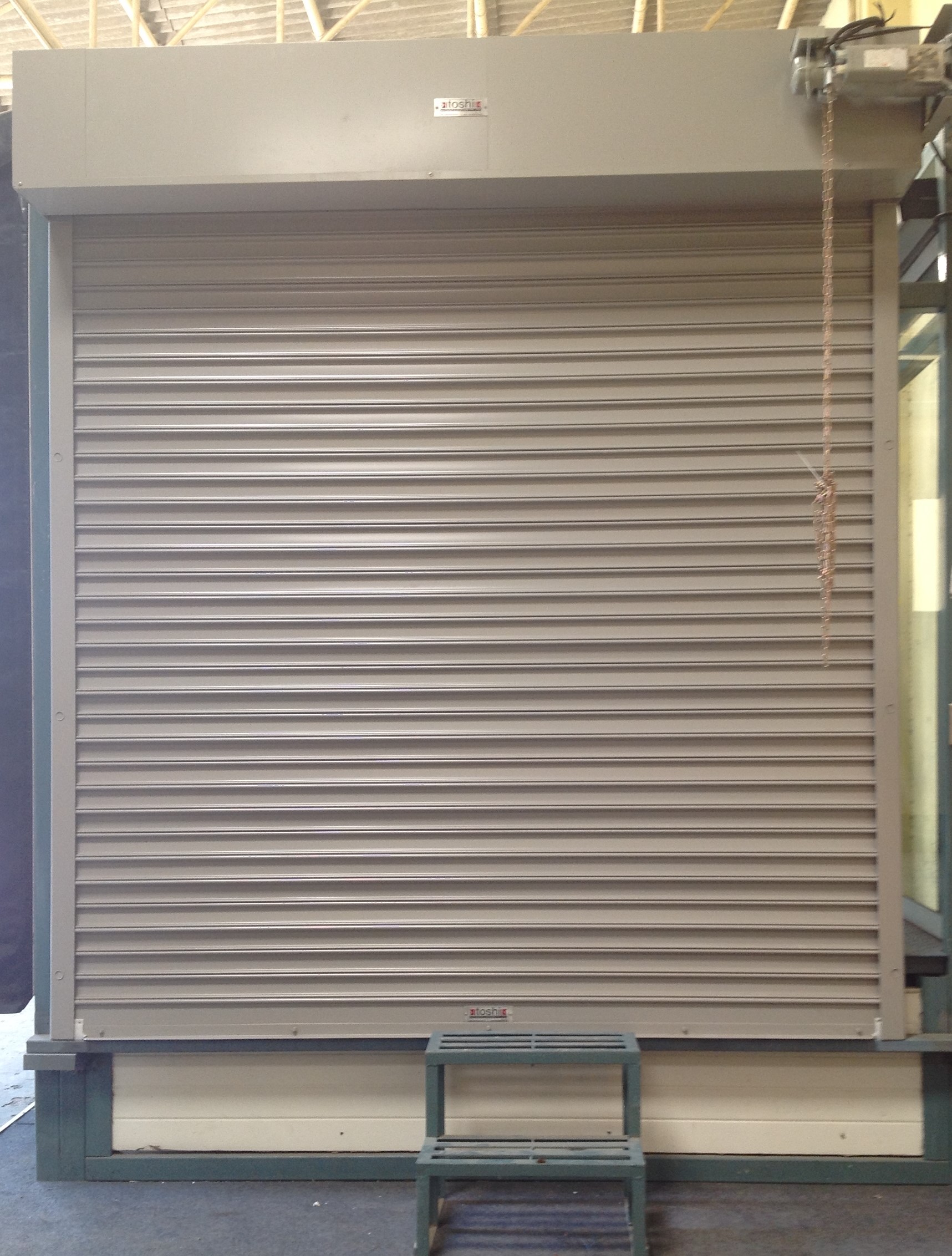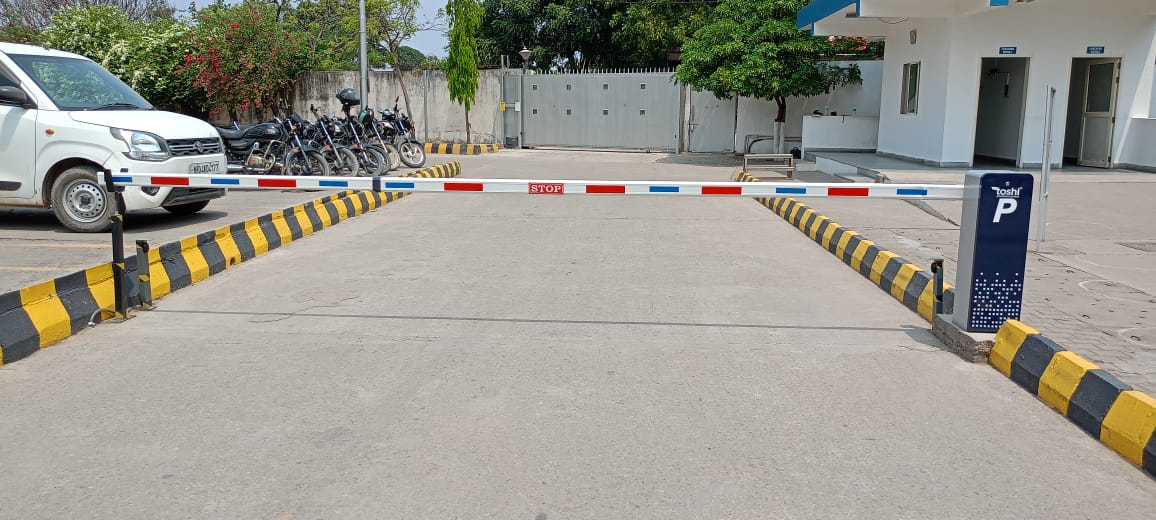The automation industry is revolutionizing the way we work and live in this fast moving world. Food is an exciting example. The technology is leading to changes in how food factories, restaurants, processing plants, and cold storage facilities track who goes in and out. Automated entrance systems that are intelligent and touchless will allow companies to maintain cleaner, safer, and more efficient environments. In this article, we will discuss what entrance automation is and its importance in the food industry.
What Is Entrance Automation?
Entrance automation is the use of technology that automatically controls doors and there is no need for someone to either open or close it. Instead of keys or the manual strain of pushing heavy doors, these systems leverage sensors and other smart controls to manage access. For the food sector, this means access to production or storage areas is possible without having to touch a door handle, a key requirement for creature and food hygiene requirements.
Today’s automatic entrance systems rely on high-tech sensors—like motion detectors, infrared sensors, or even temperature scanners—to detect an approaching person and then automatically open the door. With this use of touchless operation, the risk of contamination from multiple laboratory tests is lessened due to the reduced physical contact involved. In several situations, these systems incorporate screens with access control aspects such as card visitors or biometric scanners.
Why the Food Industry Should Embrace Entrance Automation
Entrance Automation: A Critical Component of the Food Industry These are some critical reasons that, in turn, justify its growing impact:
Better Hygiene and Food Safety:
In places where foods are prepared or processed, it’s essential to keep surfaces germ-free. Automating entrances removes the need to touch door handles—frequent breeding grounds for bacteria. Such products as CleanGuard allow contact with an entry—for example, when ordering from the menu, etc.—that significantly reduces the risk of contamination and allows keeping the conditions that improve hygiene and help to protect the quality of food.
Controlled Access:
Automated systems offer a secure fence for unauthorized access. Strict hygiene requirements must be maintained in food-processing plants, and sensitive areas should be limited to authorized personnel. Automated entrance solutions—such as Toshi Automation’s Toshi SensorGate, with their ultra-reliable, sensor-based systems and digital verification methods—restrict entry to only those who are properly credentialed, thus protecting food products as well as the facility itself.
Energy Efficiency:
The synchronized motion of the door not only means that you only ever have it open when you need it, avoiding any unnecessary energy loss. Now, systems such as these help keep environments controlled—crucial for temperature-sensitive areas like cold storage—by opening and closing at precise moments. Toshi Automation products, like the Toshi AutoSlide series, operate in an energy-efficient manner so that no energy is wasted while maintaining the environment of your facility.
Increased Productivity:
Entrance automation systems save time by way of automatic doors that eliminate the act of opening the door manually. Since employees spend less time waiting for doors to be opened, more time can be spent on efforts that matter. In frenetic food processing plants where every second matters, this productivity jump is worth its weight in gold.
How does entrance automation for the food industry work?
To gain insight into the effects of entrance automation in the food industry, it can be helpful to analyze how these systems work. The following are some of the major components and processes involved:
Sensors and Detectors:
Modern automated entrance systems integrated with a range of sensors, including motion detectors, infrared sensors, and temperature scanners, can sense the existence of a person. In a food processing environment, these sensors guarantee that access is only granted when it is really needed, and this reduces the likelihood of unidentified contaminants entering the facility. Toshi Automation’s sensor tech is designed to provide fast and precise detection capabilities, which are key to ensuring a contamination-free zone.
Smart Control Units:
The smart control unit receives input from the sensor after it detects motion and sends a signal to the door mechanism to activate. This control unit is also part of the automation industry, as it juxtaposes everything that handles the operations for the door to open seamlessly and safely. In food factories, where time is of the essence and maintaining a sanitary environment is crucial, products such as Toshi Automation’s integrated control systems allow for efficient management of door functions and ultimately provide reliable performance.
Touchless Operation:
One of the major benefits of entrance automation is the touchless feature. This sensor-activated door does not require any physical contact—thereby reducing the chance of germs spread. Toshi Touchless Entry systems were developed by Toshi Automation specifically for such high hygiene environments, especially in the food industry.
Access Control and Security:
Automated entrance systems often have extra security features, including card readers or biometric scanners. These elements help limit access to sensitive areas to authorized personnel only. The cutting-edge technology of Toshi Automation’s SmartAccess solution, for example, can accurately and promptly verify identities and thus serve as an additional line of defense in areas of food processing and storage.
Integration with Other Systems:
Entrance automation is usually just one component of a broader building management systems network. When integrated with IoT devices, they can monitor the opening/closing of a door in real-time, communicate about the temperature, and in sensitive areas, inform concerning humidity levels. It also ensures that every part of that facility environment is being constantly monitored to comply with stringent food safety requirements.
Importance of Entrance Automation for Food Safety
Food safety is paramount in the food service industries. This is how entrance automation helps ensure a safer food production environment:
Reducing Risk of Contamination:
By removing the need to touch the door, automated TRACeless™ entrance systems alleviate the risk of cross-contamination. For instance, when employees walk into a food processing area by way of a Toshi Automation touchless system, it makes it less likely they will transfer unhealthy bacteria onto surfaces that directly touch food.
Consistent hygienic behaviors:
Each time an automated door opens, it does so according to a strict premade set of directions. Such consistency is critical in environments where hygiene is a top priority. Something like Toshi Automation’s Toshi CleanGuard to maintain a consistent level of sanitation with every entry can help facilities follow strict health guidelines.
Improved Employee Health:
Less contact with door handles means that employees will be less likely to pick up and spread germs. Not only does this lead to a healthier workforce, but it also leads to decreases in absenteeism, which increases productivity overall. Avoiding illness among staff members is just as important as preventing unsafe food at busy food facilities.
Regulatory Compliance:
For example, the food industry is highly regulated with hygiene and safety standards. Entrance automation solutions allow businesses to fulfill these demands by ensuring that access points are managed in a controlled, sanitary fashion. Toshi Automation’s products were created to help food processing plants and restaurants ace inspections and keep a pristine safety record.
Use Cases of Food Products Entrance Automation
Let’s discuss a few practical examples in the food industry where entrance automation is employed and how Toshi Automation’s products are leading the way:
Food Processing Plants
In food processing facilities, the stains of contamination must be wiped out. These automated systems are crucial for managing access. For example, automated sensor gates can ensure that only appropriately attired employees with the proper clearance access production areas. Acting in conjunction with integrated sensor and control systems, today’s automated doors are designed to keep unwanted thieves, spies, and contaminants out so food can be produced in the best, most technologically advanced, safe conditions.
Restaurants and Cafeterias
Strict hygiene standards are essential in the kitchen areas of restaurants and cafeterias. At the entrance to the kitchen, a touchless door system (one example is the Touchless Entry) can be installed. It reduces the risk of germs from the dining area entering the food-preparation area. Ensure the food is passing through as few hands as possible.
Warehouses and distribution centers for food
Warehouses and distribution centers that process food products are required to follow strict hygiene protocols. Automated entrance systems assist building facilities by monitoring and controlling who comes through these structures. SmartAccess Systems is one of those solutions that ensures that only authorized personnel will enter and food will not be compromised. Careful control of door operations also contributes to energy efficiency—an important consideration in a large warehouse where climate control is necessary.
Cold Storage Facilities
The need to maintain low temperatures in cold storage keeps food items funded up. Doors are insulated, and their opening or closing needs to be managed, and that’s where entrance automation comes into the picture. Cold Storage Automatic sliding systems will hold the accuracy essential for the freezing conditions. To minimize the time doors open, automated systems open doors only for the time required to pass the item through, leading to reduced energy loss, and helps in maintaining optimal temperatures to preserve food.
Emerging Trends: The Future of Entrance Automation for the Food Industry
Entrance automation is a growing and ever-evolving field across all industries, but particularly the food industry. Here are some upcoming trends to look out for:
Integration with IoT:
Automated entrance systems can be integrated into the Internet of Things (IoT), connecting with other devices to form a smart, interconnecting space. For example, Toshi Automation door systems include sensors that can connect to central building management and report real-time numbers on temperature and humidity, as well as employee movement. Such facilities will be smarter and more efficient as a result of this combined strategy.
Sophisticated Biometric Authentications:
Advanced biometric technologies, like facial recognition or fingerprint scanning, might enable even tighter access control in future systems. In products such as Toshi SmartAccess, Toshi Automation is already seeking out advanced security measures to ensure that each entry point is guarded for the best security and hygiene.
Predictive Maintenance:
Thanks to smart monitoring systems, when maintenance is needed, automated doors can be able to predict it before the problem even occurs. Some of the Toshi Automation solutions already have a feature for proactive maintenance, helping to reduce downtime and ensuring that the system is always running at peak performance.
Enhanced Energy Management:
As energy efficiency becomes increasingly important, future automated entrance systems in facilities will likely include advanced energy management capabilities. Products like Toshi Automation’s automatic sliding solutions, by maximizing the time doors are closed and reducing energy egress, will help facilitate a greener, conscious, and sustainable food industry.
Conclusion
Automating Entrances for a Safer, More Secure Food Industry Automated entrance systems keep track of who enters critical areas of food processing plants, restaurants, warehouses, and cold storage facilities so that only authorized employees’ bodies enter those areas and personal protective gear (PPE) is being worn. It not only adheres to the high standards of hygiene needed to be food safe but is also aiding energy efficiency and operational delivery.
Over time, the entrance automation systems would transform with IoT, advanced biometrics, and predictive maintenance. For food industry businesses, the importance of investing in advanced solutions cannot be overstated, as they are crucial for preserving food safety and staying competitive.



